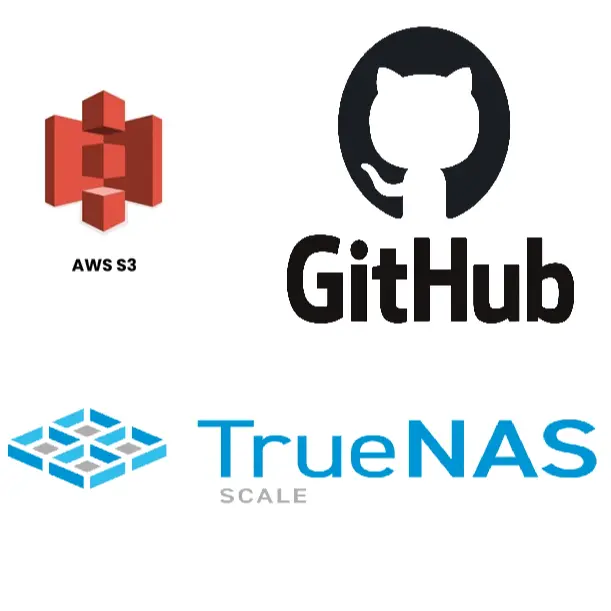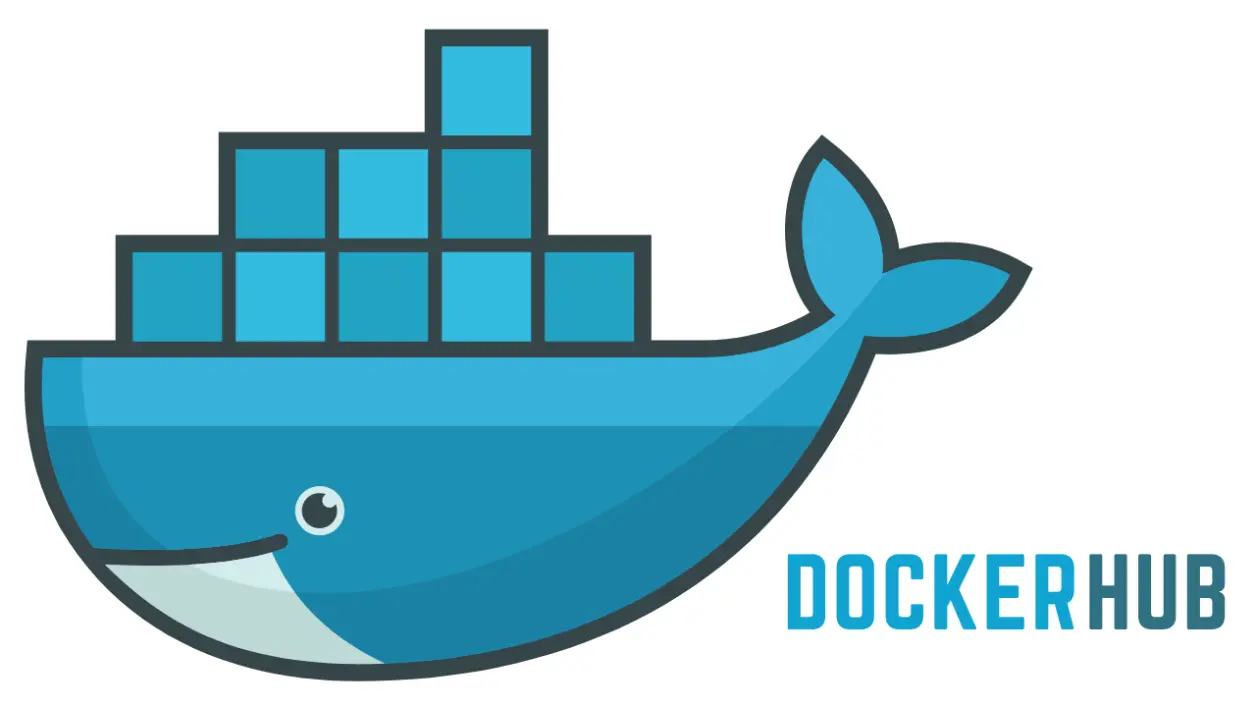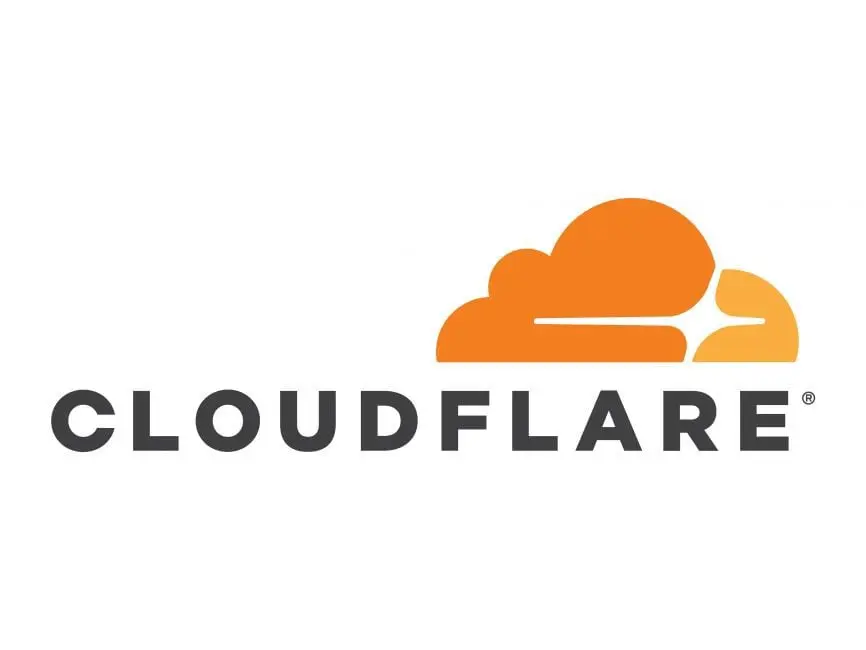
Why Did I Build This Website And Self-Host It
I think it is a great tool to showcase yourself using a website, it can be so much more engaging than a CV no matter what template you use. Also doing this as a project, helps me gain more knowledge and skills and helps with a continuous improvement style of working.
My first-ever website was running on a Windows machine using IIS and it wasn't even a virtual machine. My Second ran in a virtual Ubuntu environment using an apache2 server, I chose this method as I was learning Proxmox and VMware at the time.
Fast forward to now this site's files are in a private GitHub Organisation Repo and are incorporated into a Private Organisation Docker Hub Image.
By Deciding to Self-Host I have had to go through many steps, deciding how to build the website, where can i reliably store the files of the website and what about backups or a place for trying out different styles and formats that won't affect my main or Production files and website, what do I use to serve the information and how do i establish a reliable link for DNS




